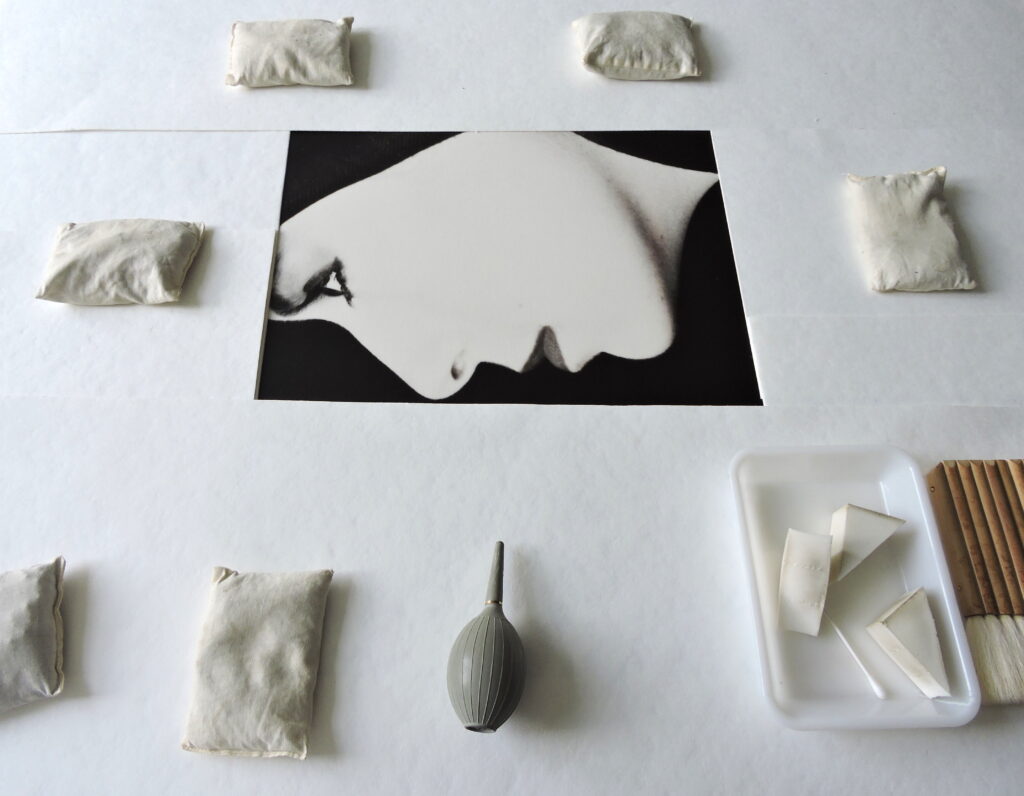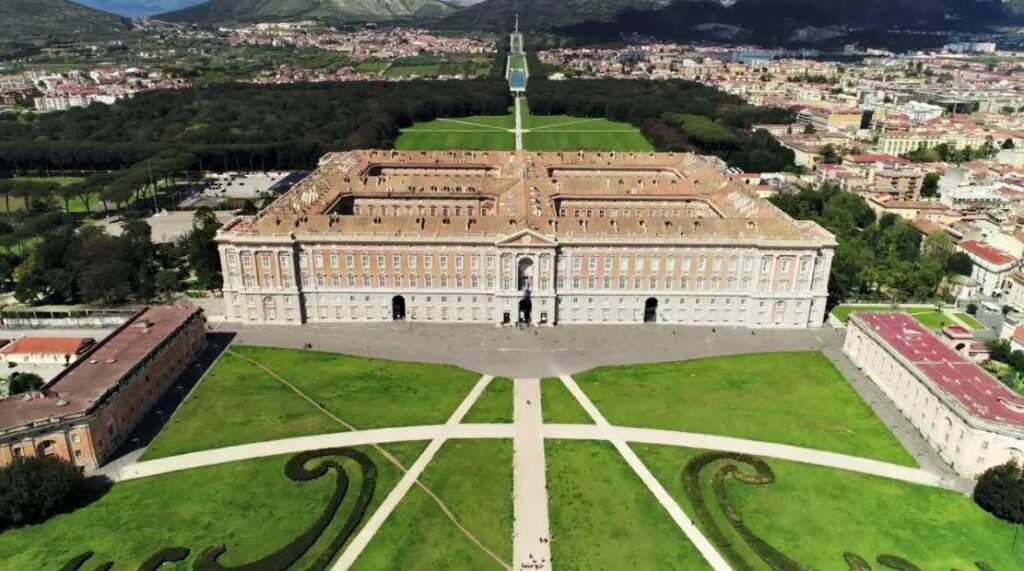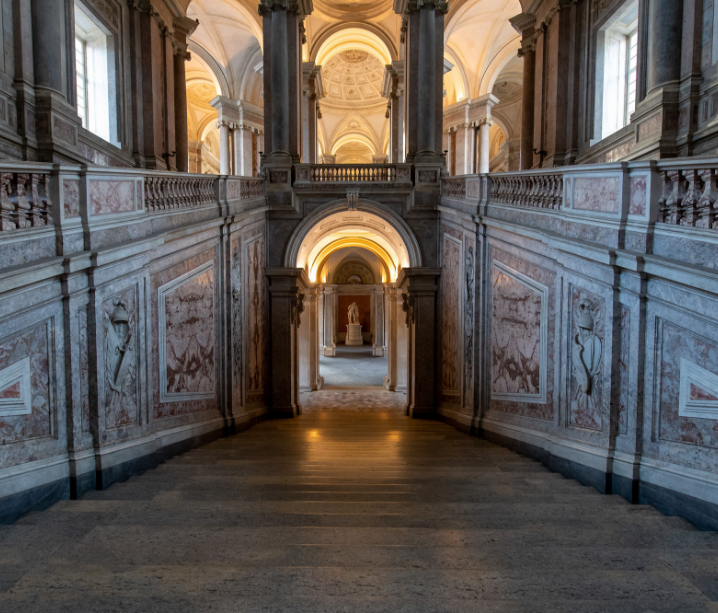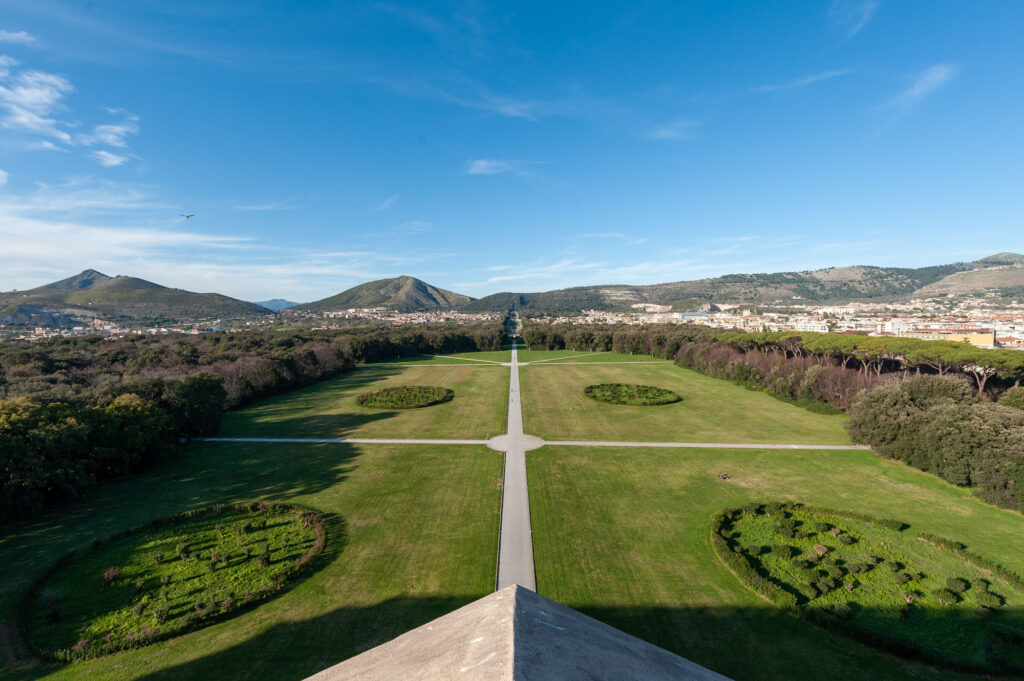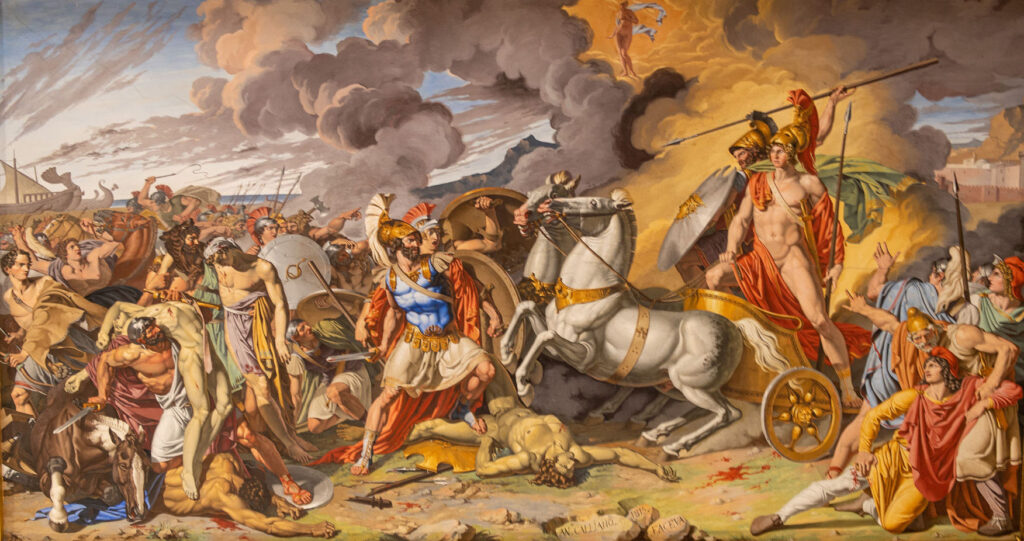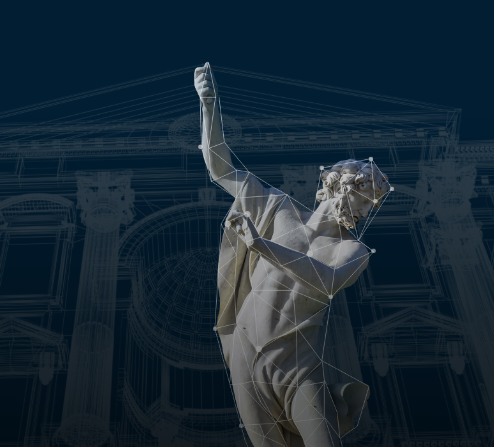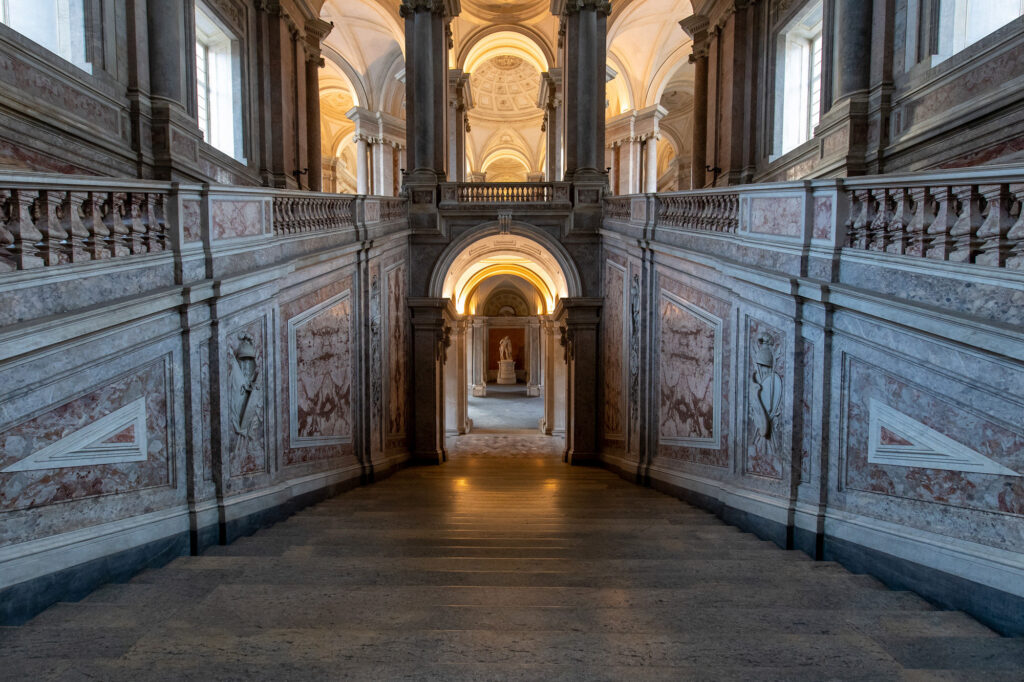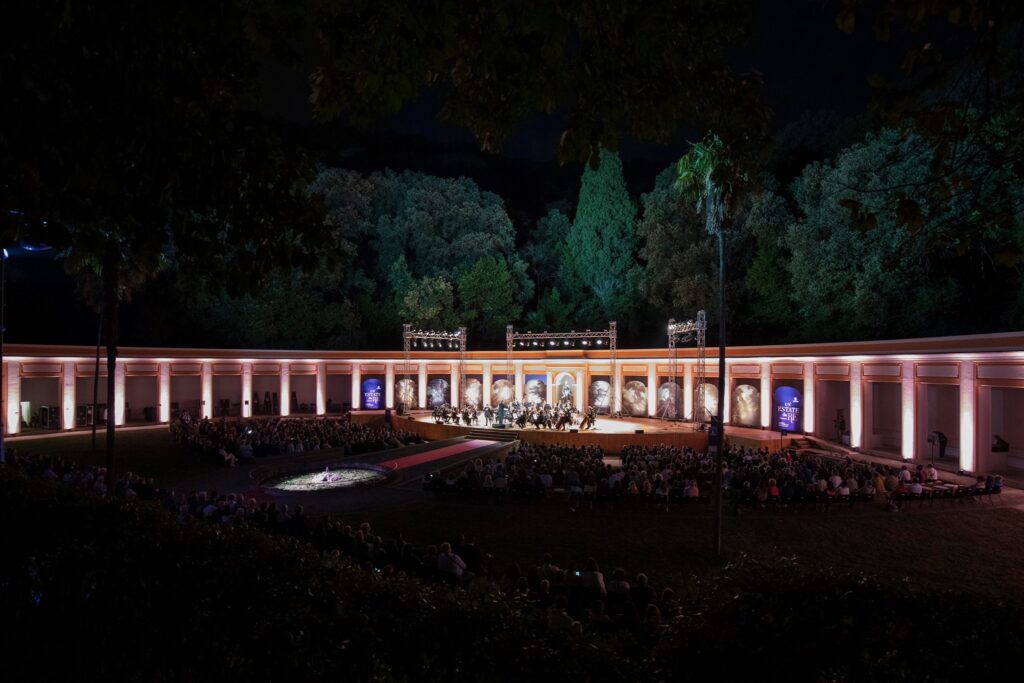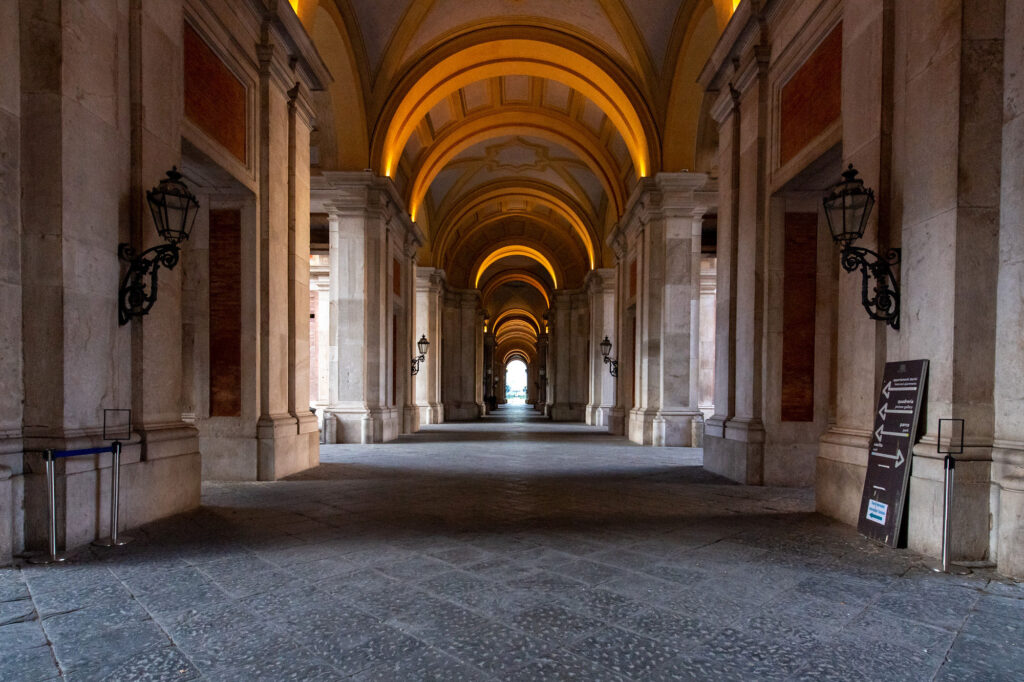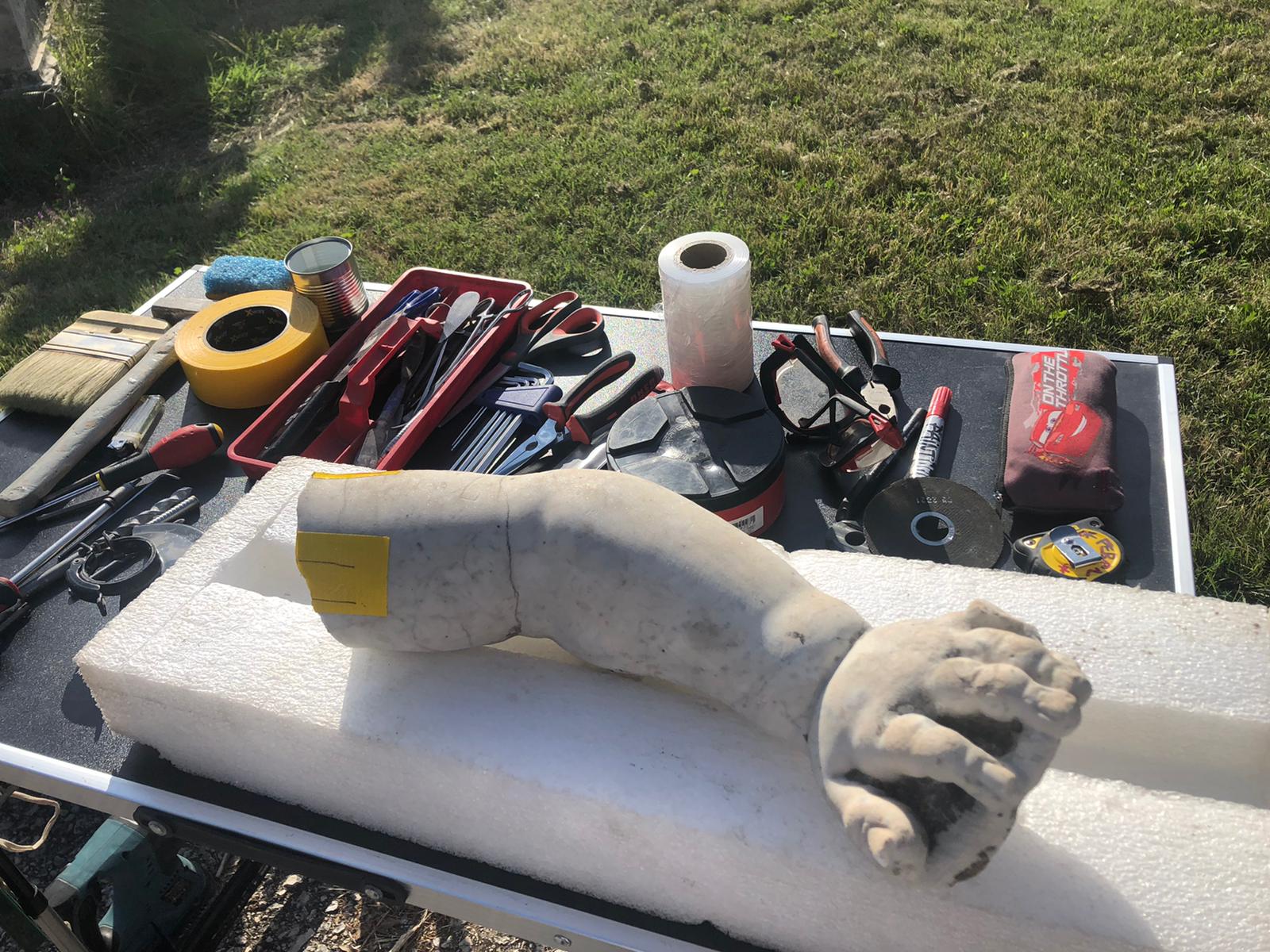
The Restoration Laboratories
Between conservation and restoration, consistent attention at the service of the Vanvitellian Complex’s cultural heritage
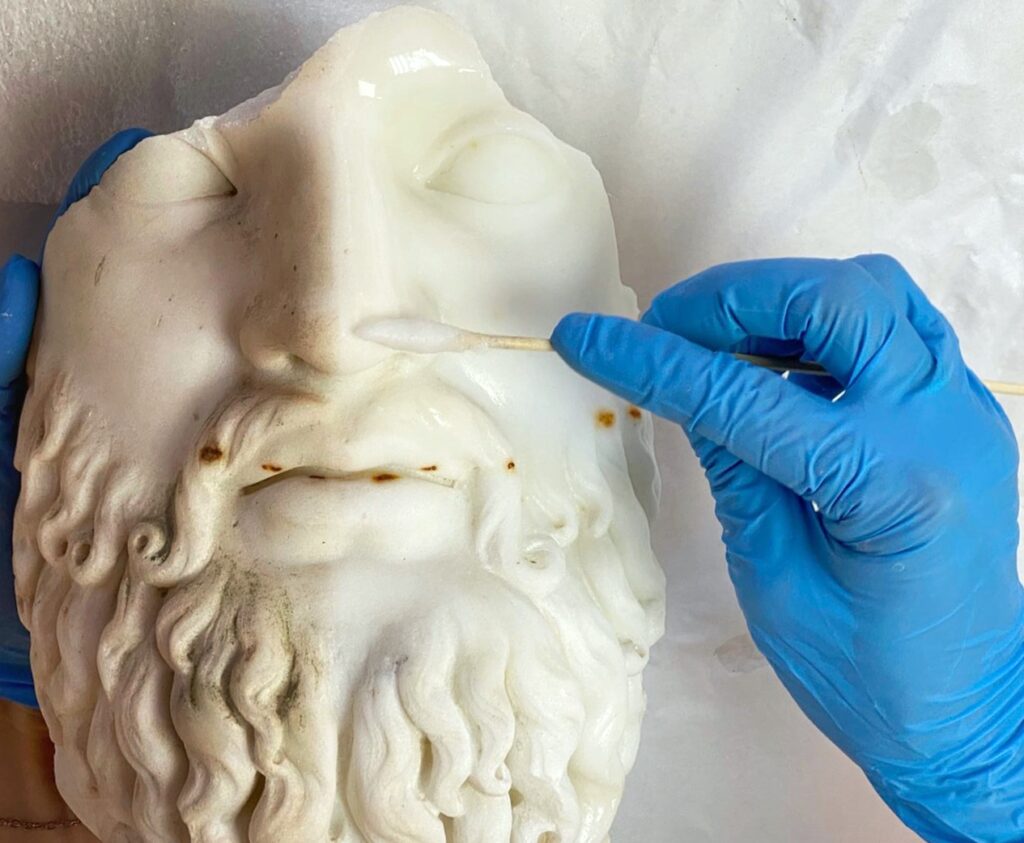
The heart of the Royal Palace’s activity lies in the protection, cataloguing, conservation, maintenance and restoration of the Vanvitellian Complex’s assets. The restoration laboratories of the Royal Palace of Caserta carry out the museum’s mission through highly specialized personnel.The laboratories carry out direct conservation activities on the patrimony of the Royal Palace of Caserta, guarantee the monitoring of the open construction sites and the periodic check-up on the state of conservation of the historical-artistic assets of the Complex. In addition to their routine activities, the restoration laboratories of the Royal Palace of Caserta carry out educational activities aimed at the public and schools. It is possible to visit the workshops by booking or on particular occasions. To stay updated, follow the news related to the Complex and the scheduled activities on our social networks and website, on the Initiatives page and on the News page.


 Discover more
Discover more

The Restoration Laboratory Of The Historical-Artistic Heritage
Managed by Dr. Anna Manzone – specialized in painted artifacts on wooden and textile support, carved wooden artifacts, furnishings and wooden structures, artifacts in processed, assembled and painted synthetic materials – the Restoration Laboratory of Historical-Artistic Assets carries out the conservation and protection of the Palace’s cultural heritage, as well as the collections of the Royal Park and the English Garden. The monitoring activities of the Vanvitellian Complex’s cultural heritage are flanked by scheduled maintenance, preventive conservation and restoration. In line with its educational mission, the Restoration Laboratory of Historical-Artistic Heritage of the Royal Palace of Caserta takes care of the communication relating to its activities and regularly hosts curricular internships, in partnership with Italian and foreign universities and higher education centres. The laboratory staff is also responsible for the reorganization of museum accumulations, according to new conservation standards, in line with ICCROM principles, and for the issuing of the Condition reports of the Royal Palace’s art works to be lent to external institutions.




Restoration Laboratory For Archival Heritage And Book Heritage
Managed by Dr. Gennaro Tortino – specialized in restoration interventions for book and archival material, paper and parchment artifacts, photographic, cinematographic and digital material – the Restoration Laboratory for Archival Heritage and Book Heritage is responsible for the maintenance, conservation and restoration of the documents kept at the Historical Archive and the Royal Palace of Caserta’s Palatine Library. In line with the museum’s mission, the laboratory also contributes to the protection of the artistic, book, archival, photographic and digital heritage of the Vanvitellian Complex. On the occasion of exhibitions and scientific events, the Restoration Laboratory for Archival and Book Heritage takes care of the display conditions of the paper material involved through a careful control of environmental parameters. Collaborating with universities and external bodies, the laboratory is regularly home to training internships and hosts educational activities for the public and schools.The Restoration Laboratory for Archival and Book Heritage also collaborates with the staff of the Photographic Laboratory and the Digitization Laboratory, following computerization and document storage procedures, in compliance with the rules of good conservation of documentary material in traditional and digital format.



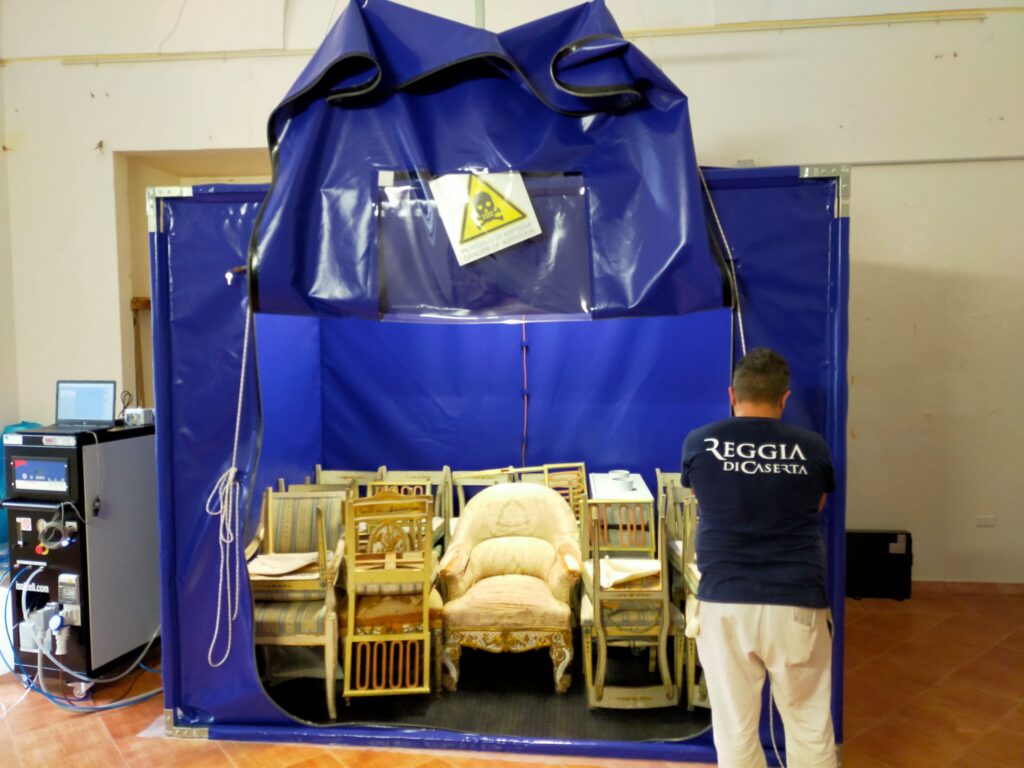
The deposits and the anoxic chamber
The Restoration Laboratory Service is the point of contact for the organisation, monitoring, management, consultation and valorisation of collection deposits.
The ongoing activity involves the rational organization of the collections present within the depots, based on the existing spaces and in the future forecast of functional reorganization. To date, the deposits contain various types of works, with different materials, functions, eras and typologies.
The reorganization of the works involves shared work with the Mobile Heritage Inventory and Catalog Service which has currently started an accurate survey of the historical inventories. Furthermore, a scheduled maintenance plan is active, initiated thanks to the purchase of a disinfestation chamber for works of art which works using an anoxic method, i.e. by removing oxygen in favor of nitrogen – an ecological alternative to the widely spread toxic-harmful systems. A disinfestation plan was created by drawing up specific lists, starting the cycle of all wooden and textile furnishings and continuing with other types of works that require intervention.



The Restoration Laboratory projects
Mapplethorpe
Robert Mapplethorpe's photographs are one of the most representative works of the Terrae Motus collection of the Royal Palace of Caserta. Dated 1983, the prints titled: Dennis Speight with thorus, Jack with crown, Skull and Crossbones, Jill Chapman, Dennis Speight with flowers, can be defined as sculptures of light. Widely exemplary of the American photographer’s style, he was himself a member of that group of artists which included some of the most eminent figures on the international scene of the time, close to the well-known Neapolitan gallery owner Lucio Amelio. The restoration, carried out at the Royal Palace of Caserta by Sandra Maria Petrillo’s SMP Photo Conservation Studio, (a professional with decades of experience in the conservation and restoration of historical photographic works) involved among the various interventions, the use of disinfection techniques both of the supports and of the photographic emulsion layer of the prints, whose integrity has been partially compromised by microbial attacks. In particular for the Skull and Crossbones, the most damaged of the five, the disinfection intervention was carried out through the use of a "solvent chamber". At the end of the intervention, the photographs were reconditioned to be re-exhibited together with the other works of Terrae Motus. This restoration constituted an important moment of reflection and study on the methodologies to be used in the conservation and planned maintenance of photographic assets....
